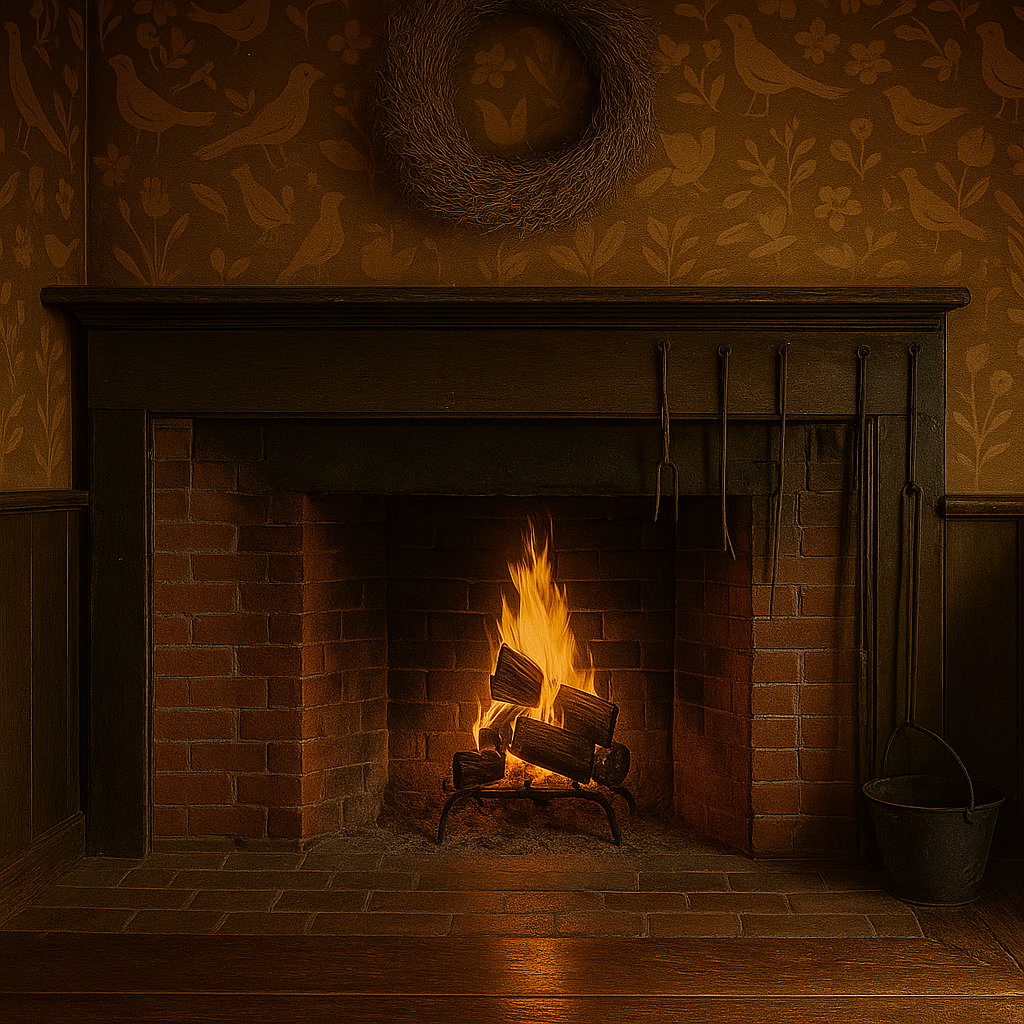
Can You Mix Colonial and Primitive Decor? Yes—Here’s How to Make It Work
Can You Mix Colonial and Primitive Decor? Yes—Here’s How to Make It Work
In the world of historic home styling, two beloved aesthetics often come up: Colonial and Primitive. Each style carries its own charm—Colonial evokes the elegance of early American refinement, while Primitive decor celebrates humble, homespun warmth. But what if you love both? Can you blend the polished symmetry of Colonial decor with the weathered soul of Primitive styling?
The answer is a warm and resounding yes. Mixing Colonial and Primitive can result in a deeply layered, timeworn, and beautifully nostalgic home—if you know how to strike the right balance.
Understanding the Differences
Colonial style draws from the 18th century, often featuring:
-
Polished wood furniture with turned legs
-
Symmetry and classic architectural elements
-
Muted, historic paint colors like Williamsburg blue, oxblood, and straw
Primitive style feels more rustic and handcrafted:
-
Distressed finishes and early folk art
-
Simple shapes and utilitarian furniture
-
Warm, earthy tones and aged textures
While Colonial leans refined, Primitive feels raw and real. But they share a root in early American life—making them natural companions.
Where They Overlap
-
Materials: Both styles favor natural wood, iron, pewter, and handmade textiles.
-
Palette: They often pull from the same historic color spectrum—think mustard, barn red, colonial blue, and buttermilk.
-
Sentiment: Both celebrate heritage, craftsmanship, and a connection to the past.
5 Tips for Blending Colonial & Primitive
1. Let Primitive set the tone, then layer in Colonial formality.
Start with a soft, worn base—distressed cabinets, hooked rugs, simple shelves—then bring in a tall Colonial hutch or Queen Anne chair to add structure.
2. Use lighting to bridge the styles.
Colonial-style lanterns or chandeliers with a dark patina can pull together the rough-hewn and the elegant.
3. Play with proportion.
Mix a sturdy, rustic harvest table with refined ladder-back chairs. Or top a Primitive cupboard with Colonial candlesticks.
4. Mix textiles thoughtfully.
Cover a Colonial-style wingback chair in a Primitive ticking stripe or add handwoven coverlets and linens in historically inspired patterns.
5. Let patina be your unifier.
Whether it’s a polished brass candlestick or a rough pine dough bowl, a sense of age and history can connect even the most unlikely pairings.
The End Result: A Story-Rich Home
By mixing Colonial and Primitive, you create a home that feels authentic—not like a museum, but like a space that’s evolved over generations. It’s the best of both worlds: the elegance of the formal with the coziness of the homemade. A place where candlelight glows against wide floorboards, and every object feels like it has a story to tell.
So yes—you can absolutely mix Colonial and Primitive. In fact, when done with intention, they make each other shine brighter.